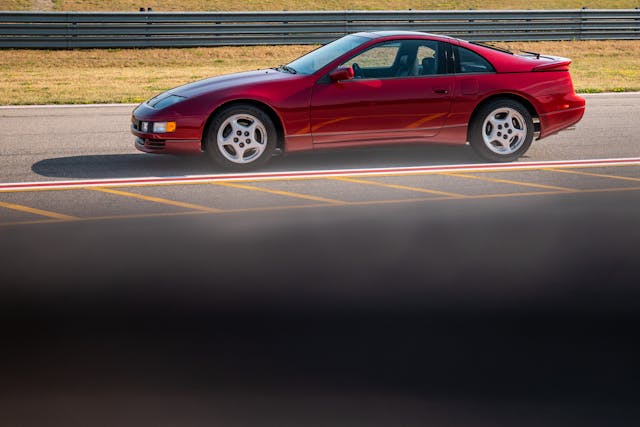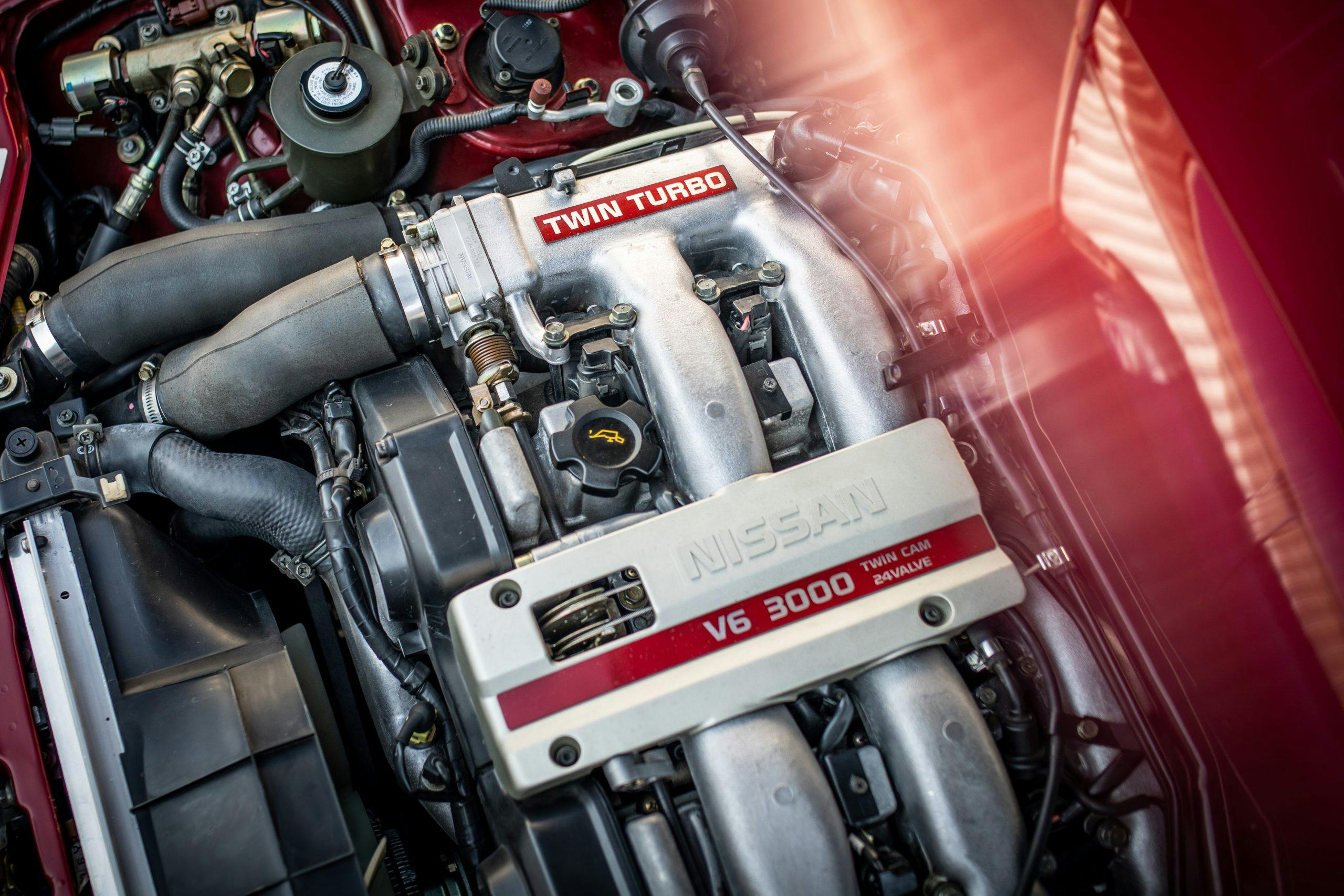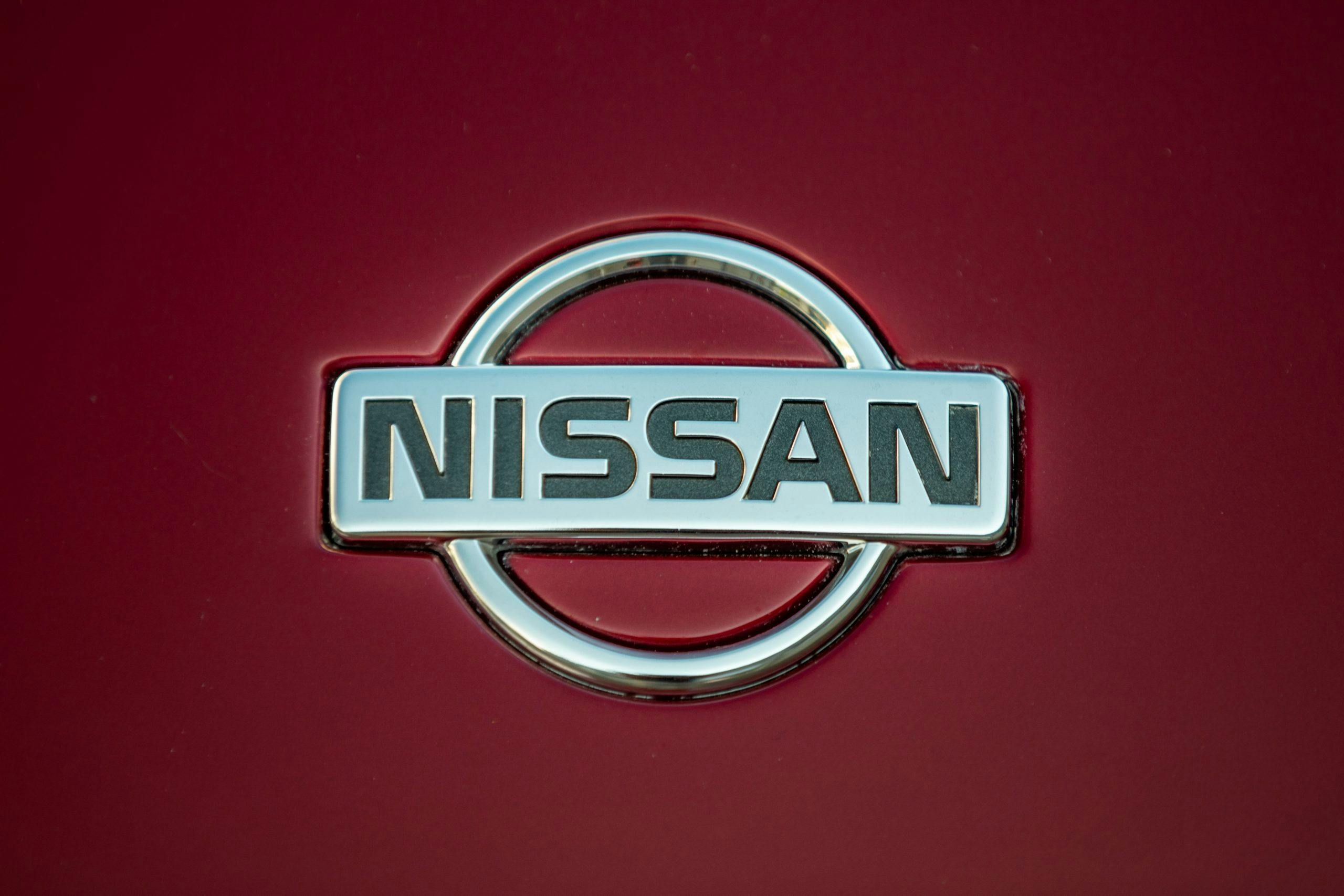Media | Articles
The 1990–96 Nissan 300ZX was Japan’s Corvette killer
Is the 1970 Datsun 240Z the best Z-car ever? Depends on whom you ask.
Baby boomers will argue for the original Z of 1970. Their children, enthusiasts born in the 1960s and ’70s, will offer up a very different response–the 300ZX sold from 1990 to 1996. And here’s a requisite nod to the folks who’ll raise their hands for the largely overlooked 1984–89 Z that came between. But it’s that early ’90s machine, designated Z32 internally, that best epitomizes the qualities we like in a classic for $15,000 or less.
A sensation when it debuted, the 1990 300ZX landed on the March 1989 covers of Road & Track and Car and Driver, accompanied by gushing copy: “I’ve just driven the best sports car in the world,” began the R & T review.
The 300ZX, along with Acura’s NSX and, a few years later, the third-gen Mazda RX-7 and Toyota’s 2JZ-powered Supra, set the stage for a wave of world-beating rear-wheel-drive Japanese performance cars. Nissan offered the 300ZX as a two-seat coupe and as a 2+2 with a 4.7-inch-longer wheelbase. A two-seat convertible arrived in 1993. T-tops were standard on the coupes, but some “hardtops” were produced as well.
All were powered by a naturally aspirated 3.0-liter DOHC V-6 with aluminum heads, variable valve timing, a 10.5:1 compression ratio, and a 7000-rpm redline. Rated at 222 horsepower and mated to a standard five-speed manual, it could get the 3200-pound two-seater to 60 mph in 6.7 seconds. A four-speed automatic was also available.
Marketplace
Buy and sell classics with confidence
The 300ZX Twin Turbo, pictured here, debuted later in the 1990 model year, identified by its rear spoiler and subtle slots in the front air dam. It was only available as a two-seat coupe, with a base price of $33,800. And, a surprise to no one who had seen or driven one, it was named Motor Trend’s Import Car of the Year.
Nissan lowered the turbo’s compression ratio to 8.5:1 and force-fed the V-6 9.8 psi of boost with Garrett AiResearch turbos, one for each bank of cylinders. It also squeezed a couple of small intercoolers into the front fenders, just ahead of the wheel wells. Output jumped to 300 hp at 6400 rpm. That’s 50 more horsepower than you got in a similarly priced Corvette, 80 more than in the NSX. Even better, turbo lag was null. The dash to 60 mph fell to 5.5 seconds, quicker than anything else in its price range, and top speed was governed at 155 mph. You could spec the Twin Turbo with an automatic, but it was detuned to 280 hp, slowing the run to 5.9 seconds. Turbo models featured adjustable suspension, a limited-slip differential, and Nissan’s Super HICAS four-wheel steering system, hardware was also used on its R32 Skyline GT-R.
Changes over the Z’s six-year run were minor. The optional driver’s airbag became standard in 1992. The next year, the Turbo’s oil line insulation was modified, and the ECU changed from 8-bit to 16-bit on non-Turbo models. In 1994, Turbo models received the ECU update. They got a taller, pedestal-style rear spoiler, and the Super HICAS system went from hydraulic to electrical actuation. Nissan redesigned the seatbelts on all models, moving the attachment points from the doors to the pillars. Emission regulations meant that variable cam timing was axed in 1996 and OBD II electronics were added.
Unsurprisingly, the turbocharged cars demand the most money, and automatic convertibles are the least expensive. Good and even great examples remain affordable, with non-Turbo models available in driver condition for under $15,000. But as the boomers’ babies buy them up, don’t expect things to stay that way forever.
1990 Nissan 300ZX (base)
Engine V-6, 2960 cc
Power 222 hp @ 6400 rpm
Torque 198 lb-ft @ 4800 rpm
Weight 3200 lb
0–60 mph 6.7 sec
Top speed 143 mph
Price when new $27,300
Hagerty #3 value $6500–$9000
















































Uh, the 300HP turbo did NOT have 80 more horsepower than the NSX, which had 270HP in the early 3.0 liter versions.